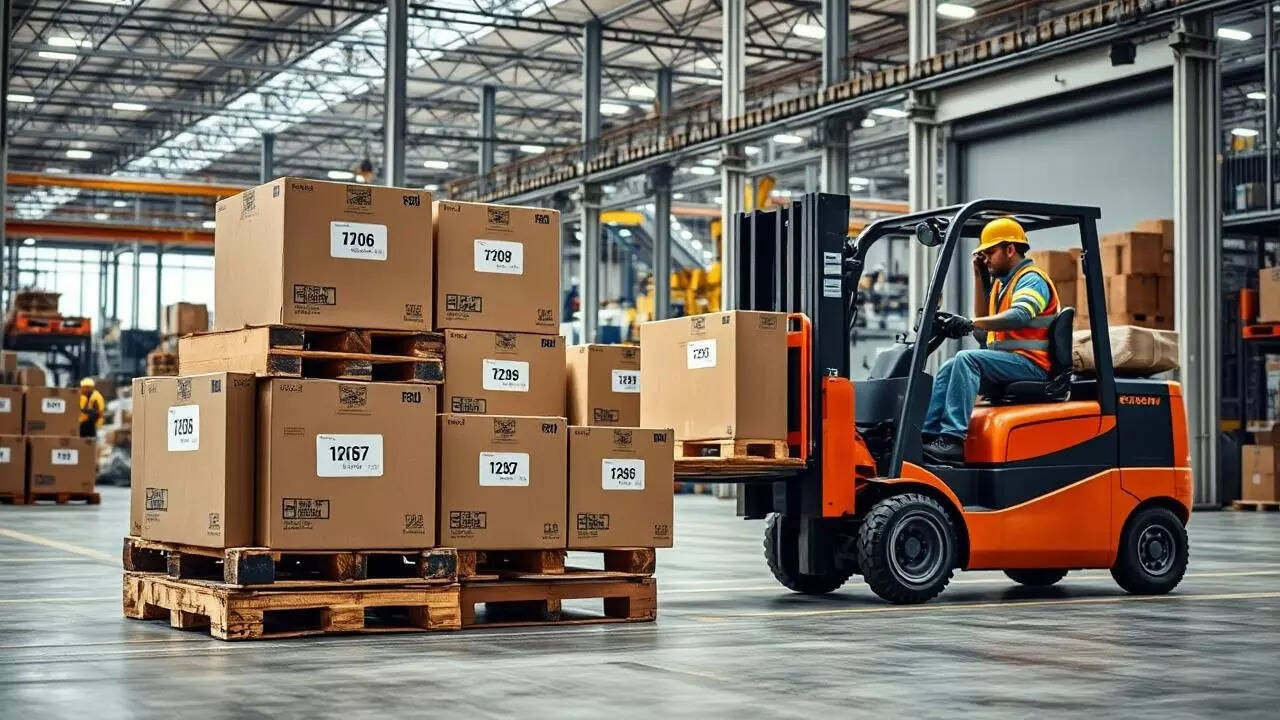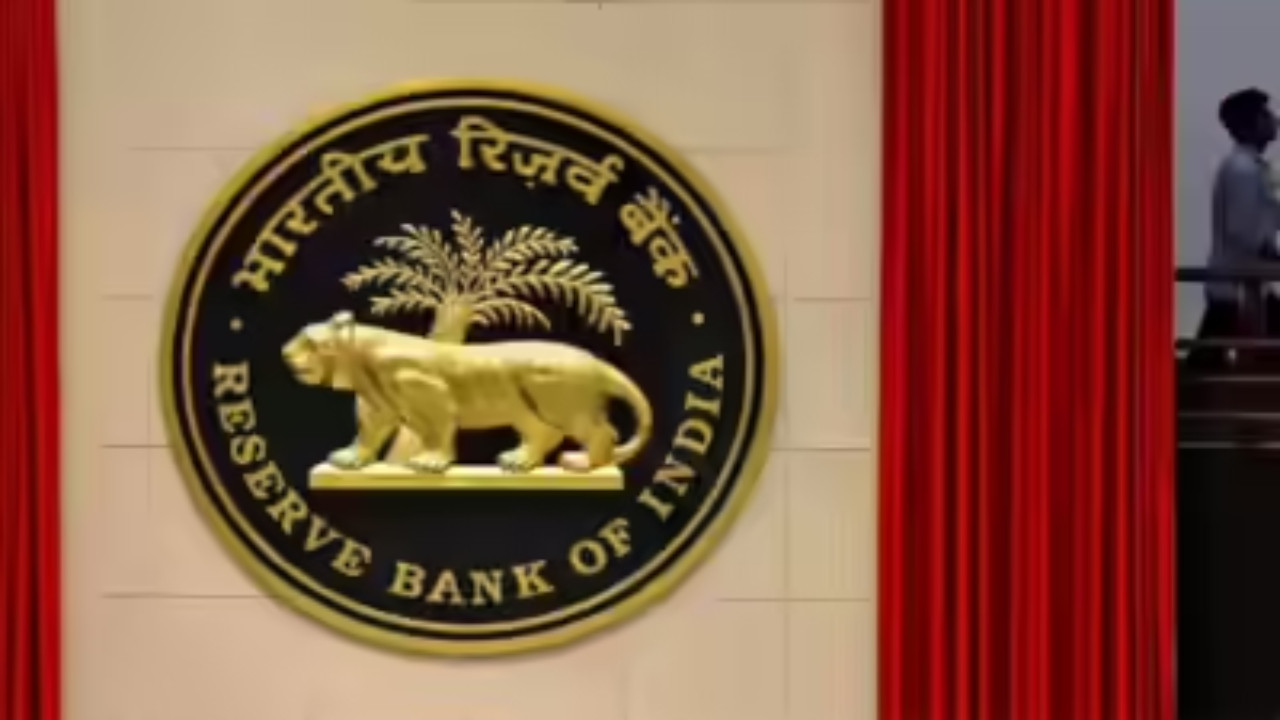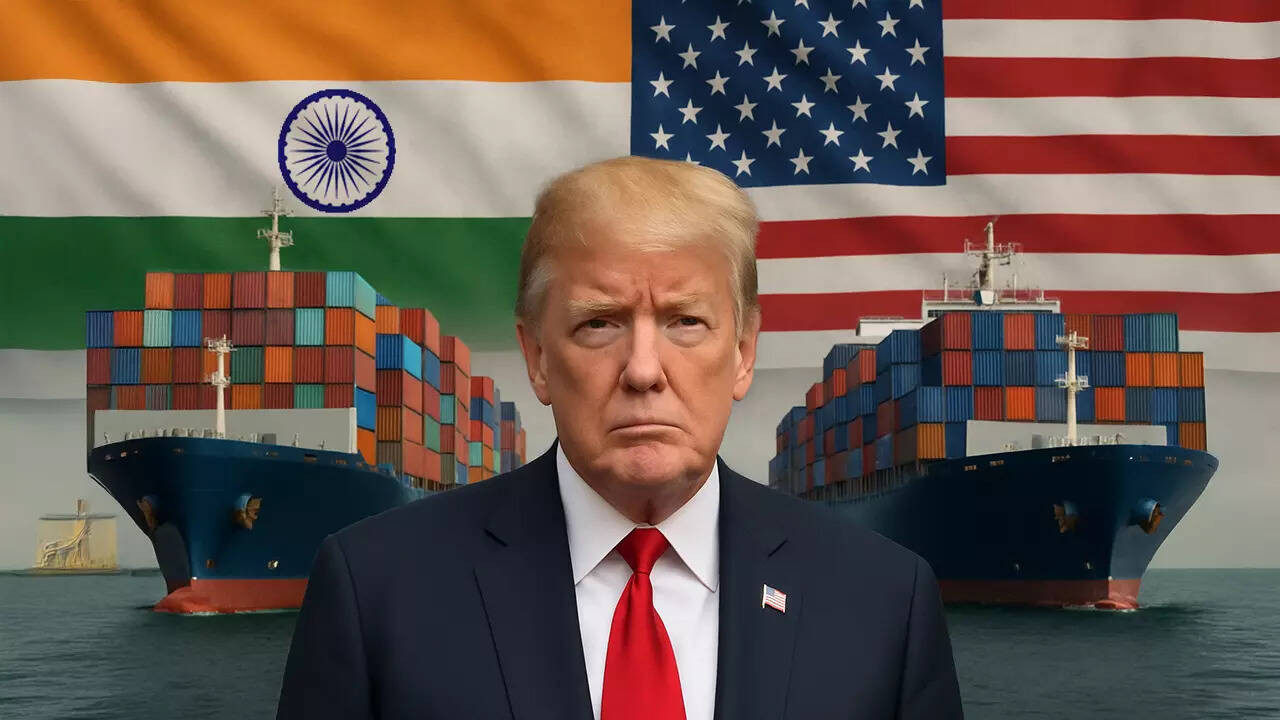The Global Slowdown: How Indian Exporters Are Navigating Choppy Waters
The air feels thick with uncertainty these days, especially if you’re in the business of selling goods to the world. Forget smooth sailing; Indian exporters are currently navigating a sea of challenges, from hesitant buyers to shrinking order books. Let’s dive into what’s causing this and how businesses are adapting.
A Chill Wind Blows Through Global Trade
The global economy is undeniably slowing down. High inflation, rising interest rates, and geopolitical tensions are all contributing to a general sense of unease, and consumers and businesses alike are tightening their belts. This cautious approach has a direct impact on Indian exporters, who are seeing a noticeable dip in demand for their products. The previously bustling order pipelines are now thinner, and the pace of new inquiries has slowed considerably. It’s a stark contrast to the boom times of just a year or two ago, and it’s forcing exporters to rethink their strategies.

Why the Hesitation? A Perfect Storm of Factors
Several factors are converging to create this challenging environment. One of the most significant is the persistent inflation that’s gripping many developed economies. As prices for everyday goods and services rise, consumers have less disposable income for discretionary purchases – the very types of goods that often make up a significant portion of India’s export basket, like textiles, handicrafts, and certain engineering products.
Rising interest rates, implemented by central banks to combat inflation, are further dampening economic activity. Businesses are finding it more expensive to borrow money for expansion and investment, leading to a slowdown in production and, consequently, a decrease in demand for imported goods and services. The Russian-Ukraine war continues to add another layer of complexity, disrupting supply chains and creating further economic uncertainty. All this contributes to a nervous market, where buyers are holding back on placing orders, hoping for prices to stabilize or for economic conditions to improve.
Adapting to Survive: How Exporters Are Responding
Faced with these headwinds, Indian exporters are demonstrating remarkable resilience and adaptability. They’re not simply waiting for the storm to pass; they’re actively seeking out new opportunities and implementing strategies to weather the current slowdown.
One key approach is diversification. Exporters are exploring new markets beyond their traditional strongholds in Europe and North America. Africa, Latin America, and Southeast Asia are emerging as potentially lucrative destinations, offering new avenues for growth. This diversification helps reduce reliance on any single market, making businesses less vulnerable to regional economic fluctuations. Thinking of expanding your own business? Check out this article on [market research for global expansion](internal-link-to-related-article).
Another tactic involves focusing on value-added products. Instead of simply exporting raw materials or semi-finished goods, exporters are increasingly looking to create and market higher-value products that command better prices and are less susceptible to price fluctuations. This requires investments in innovation, design, and branding, but it can significantly improve profitability and competitiveness.
The Road Ahead: Cautious Optimism
While the near-term outlook remains uncertain, there are reasons for cautious optimism. The Indian economy is proving to be relatively resilient, and the government is actively working to support exporters through various policy measures. Furthermore, global supply chains are gradually recovering, which should help to ease some of the inflationary pressures.
However, the path ahead will likely be bumpy. Exporters need to remain vigilant, closely monitor global economic trends, and be prepared to adapt quickly to changing market conditions. Those who can successfully navigate these challenges will emerge stronger and more competitive in the long run. The current slowdown serves as a crucial reminder of the importance of diversification, innovation, and agility in the ever-evolving world of global trade. By embracing these principles, Indian exporters can not only survive but also thrive in the face of adversity.







